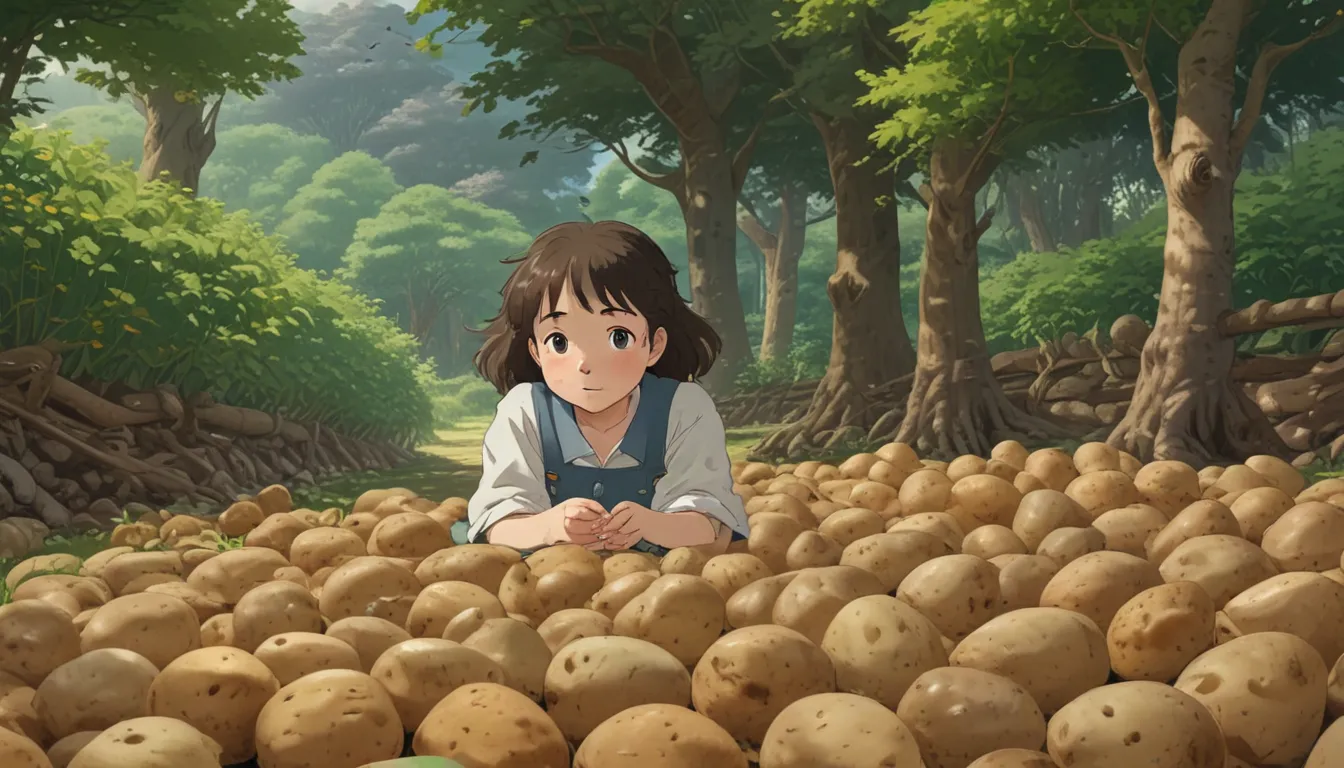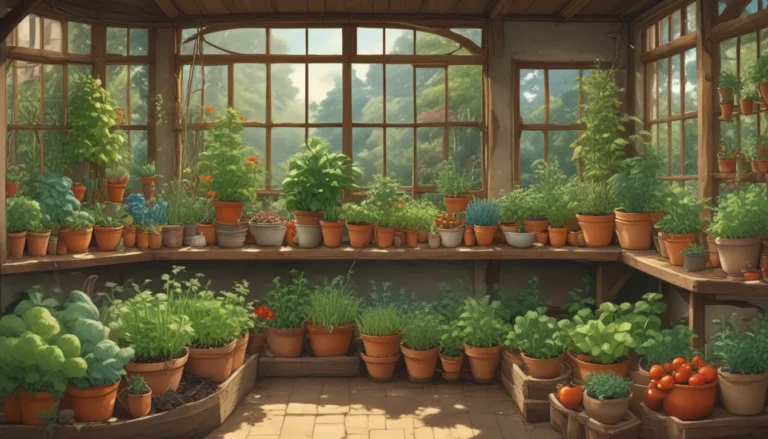Understanding the Different Seasons of Potatoes

Potatoes, a beloved staple in many diets, can be a bit confusing when it comes to categorizing them by season. Late, mid, and early season potatoes all have their unique characteristics and growing requirements. In this comprehensive guide, we will break down the differences between these seasonal categories, how potatoes are categorized, when to plant them, and provide some recommended cultivars for each season.
What You’ll Learn
- How Potatoes Are Categorized
- Late Season
- Mid Season
- Early Season
- When to Plant
Let’s dive into the world of potatoes and clear up any confusion!
How Potatoes Are Categorized
Potatoes are categorized as late, mid, or early types based on their time to maturity rather than a strict seasonal classification. The defining characteristic to look for when categorizing potatoes is the time it takes for them to mature. This way, you can decide when you want to harvest your spuds, whether early, mid, or late in the growing season.
- Late Season: Require about 120 days to mature, with differences depending on the cultivar. Ideal for long-term storage and vary in size and skin thickness.
- Mid Season: Typically ready in about 100 days, offering a balance between storage capability and tender flesh.
- Early Season: Ready in under 95 days, with thinner skin and more tender flesh. Not ideal for long-term storage.
Understanding the time to maturity is key when selecting the right potato variety for your needs.
Late Season
Late season potatoes, also known as maincrops, take around 120 days to reach maturity. These types are excellent for storing and can last for months without spoiling. While some varieties are best harvested late, others like the ‘German Butterball’ can be enjoyed early at around 85 days for tender and flavorful flesh.
Recommended Late Season Cultivars:
- German Butterball: Tender and flavorful, ideal for roasting.
- Russett Burbank: Known for baking, with starchy flesh and chewy skin.
- Kennebec: Popular variety, great for early harvesting.
- Other standout varieties: Butte, Canela Russet, Desiree, Elba, Katahdin, Lehigh, French Fingerling, Green Mountain, Pink Fir Apple, Reba, Russian Blue, and Snowden.
Mid Season
Mid season potatoes mature in approximately 100 days, falling between the storage capability of maincrops and the tenderness of early varieties. ‘Yukon Gold’ is a well-known mid-season variety, offering buttery flesh and a thin skin.
Recommended Mid Season Cultivars:
- Yukon Gold: Small with buttery flesh, perfect for various dishes.
- Princess Larette: Nutty flesh, ready in 90-110 days.
- Other excellent choices: All Blue, Amarosa, Red LaSoda, Red Pontiac, and Strawberry Paw.
Early Season
Early season potatoes are perfect for those eager to harvest their spuds in under 95 days. While they don’t store as well as late season types, early varieties like ‘Masquerade’ offer unique flavors and vibrant aesthetics, making them stand out in the garden.
Recommended Early Season Cultivars:
- Masquerade: Unique purple-striped skin and moist flesh, ready in just two months.
- Rio Grande Russet: Classic choice with brown skin and creamy white flesh.
- Other noteworthy varieties: Bintje, Caribe, Irish Cobbler, and Red Norland.
When to Plant
Knowing when to plant potatoes is crucial for a successful harvest. Potatoes prefer cooler temperatures, so timing your planting according to your region’s climate is essential. Here’s a general guideline based on the type of summer you typically experience:
- Sweltering Summers: Plant early and mid-season varieties a month before the last projected frost date. Late types can go in the ground around August for a fall harvest.
- Hot Summers with a Long Spring: Plant a month before the last projected frost date.
- Cool Summers: Place tubers in the ground two weeks before the last projected frost.
Final Thoughts
While understanding the different seasons of potatoes can help you plan your planting schedule, remember that there are no strict rules when it comes to potato cultivation. Experiment with different varieties and growing techniques to find what works best for your garden.
Whether you’re growing late, mid, or early season potatoes, each type has its unique characteristics and flavors to offer. By following these guidelines and recommendations, you’ll be on your way to a bountiful potato harvest in no time.
Let us know in the comments which type of potatoes you’re planning to grow this season!
For more information on growing potatoes, check out our other guides:
- The Ultimate Potato Growing Guide
- How to Grow Potatoes in Containers
- When and How to Harvest Homegrown Potatoes
- How to Grow Potatoes in Straw
Remember, the world of potatoes is vast and diverse. With the right knowledge and some experimentation, you can enjoy a variety of delicious spuds straight from your garden!





